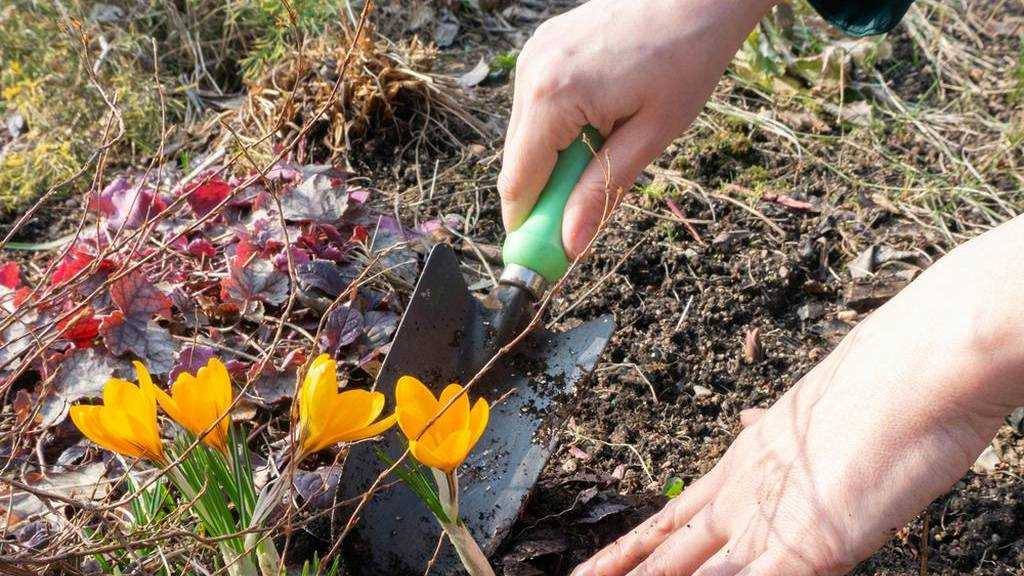Before you start gardening in spring, a complete check of the garden tools should be made first. Do the electrical devices work, are scissors rusted under certain circumstances? If everything is not in good condition, maintenance is necessary – either repair, oil or sand. If nothing helps at all, you can replace the device. It is also important to check the water supply in the garden. Most of the time it is switched off over the winter. So that clean water comes out of the pipe again, simply let the cool water run for a few minutes.
Snip and cut
When all of this is done, the spring cure for the garden can finally begin. In the beginning, a general overview helps. Old, brown perennials should now be cut off near the ground at the latest, ornamental grasses can also be cut. Make sure not to hurt the young shoots – so it is better to start a little higher up. The ideal cutting time is also spring for fruit trees, evergreen shrubs and shrubs. The rule here is – to lose too much rather than too little.
When cutting roses, it is important to remove brown areas in particular. These are indications of damage. By cutting off you prevent spreading. Wilted leaves in the bed should also be removed. Dispose of the green waste obtained in this way in the household waste, otherwise the mushrooms can spread further through the compost.
Digging is out
Gardeners have been digging their flower beds in spring for decades, but this is now out of date. You should only do this if a bed is newly planted or sown or a new planting is carried out, as recommended by the NDR. Otherwise, just loosen up the soil, whereby it is important not to injure flat roots.
Treat the plants to some fertilizer after the cold season. Compost that contains all the necessary nutrients in sufficient quantities is best suited here. Alternatives are manure or litter from animals such as cattle, pigs, chickens or rabbits. For normal beds, it is best to use two to three liters of compost per square meter. It can also be a little more for vegetable beds, a little less for herb areas. When fertilizing the lawn, you should use a maximum of one to two liters per square meter. Peat bed plants or plants that thrive on poor soils cannot tolerate compost or can do without entirely.
The night is not yet frost-free
If you want climbing plants in your garden, it is advisable to set up the grids now. Then the plants can climb on it all year round. In addition, you can now start sowing different plants. However, as there can also be frost in the spring from time to time, it is better to cover sensitive plants with a fleece overnight. When in doubt, flower pots wander into the basement overnight. Then nothing stands in the way of garden happiness for the new year.
